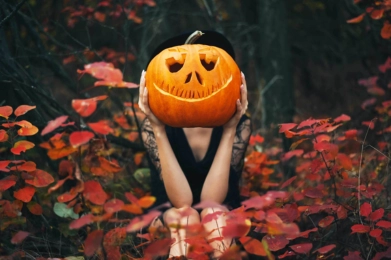Halloween 2024: Trends, Origins, Celebrations, nd How It Took Over the U.S
Halloween is an annual holiday observed on October 31, and Halloween 2024 will fall on Thursday, October 31. The practice dates back to an ancient British celebration in which people lit bonfires and dressed up in costumes to keep off spirits. The pope Gregory III declared November 1 to be a day of honor for all saints in the eighth century. All Saints Day eventually included certain Samhain rituals. The previous evening was known as All Hallows Eve, which evolved into Halloween. Halloween has grown over time into a day of activities such as trick-or-treating, carving pumpkins, celebratory parties, dressing up, and eating candy.
What is Halloween?
Halloween is a holiday that follows the Western Christian feast of All Saints, or All Hallows, and kicks off the season of Allhallowtide. Much of Europe and North America celebrate Halloween in a modern fashion.
When is Halloween?
Halloween is a celebration celebrated on October 31 that has pagan, religious, and secular roots. Halloween is generally nonreligious in much of Europe and North America, and is celebrated with parties, mysterious costumes, carved pumpkins, pumpkin carvings, and candy distribution. However, the event also marks the start of Allhallowtide, a three-day Christian triduum dedicated to recognizing the dead that includes Halloween (October 31), All Saints’ Day (November 1), and All Souls’ Day (November 2).
Halloween originated as the October holiday among the Celts of ancient Britain and Ireland. The new year was thought to begin on the day that corresponded to November 1 on current calendars. That date marked the beginning of the winter season, when animals were returned from pasture and land periods were renewed. During the Samhain festival, the souls of those who had died were thought to return to their homes, while those who had died during the year were thought to travel to the otherworld. People lit bonfires on hilltops to relight their hearth fires for the winter and frighten away evil spirits, and they sometimes wore masks and other disguises to avoid being identified from.
Where did Halloween come from?
Halloween may have derived from the pre-Christian event Samhain, which was celebrated in early medieval Ireland on November 1 as the start of a new year. However, it appears to have evolved mostly from Christian feasts of the dead from the later Middle Ages, such as All Saints’ Day on November 1 and All Souls’ Day on November 2. By the ninth century, October 31 was observed as All Hallows’ Eve, which eventually shortened to Halloween across Western Christendom.
How is Halloween celebrated?
Halloween is celebrated with pranks, parties, costumes, and trick-or-treating. People also often carve faces out of pumpkins.
How did Halloween become popular in the United States?

Halloween costumes were brought to the United States by European immigrants in the 19th century, helping to popularize the event. Trick-or-treating for candy had become one of Halloween’s most popular activities by the 1950s, and Halloween is now one of the most profitable confectionery sales holidays in the United States.

